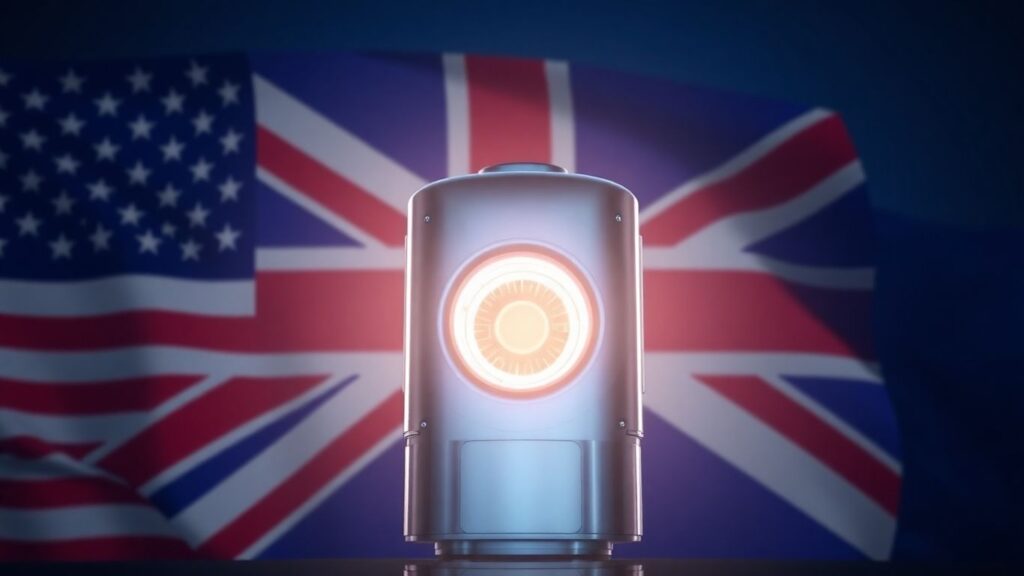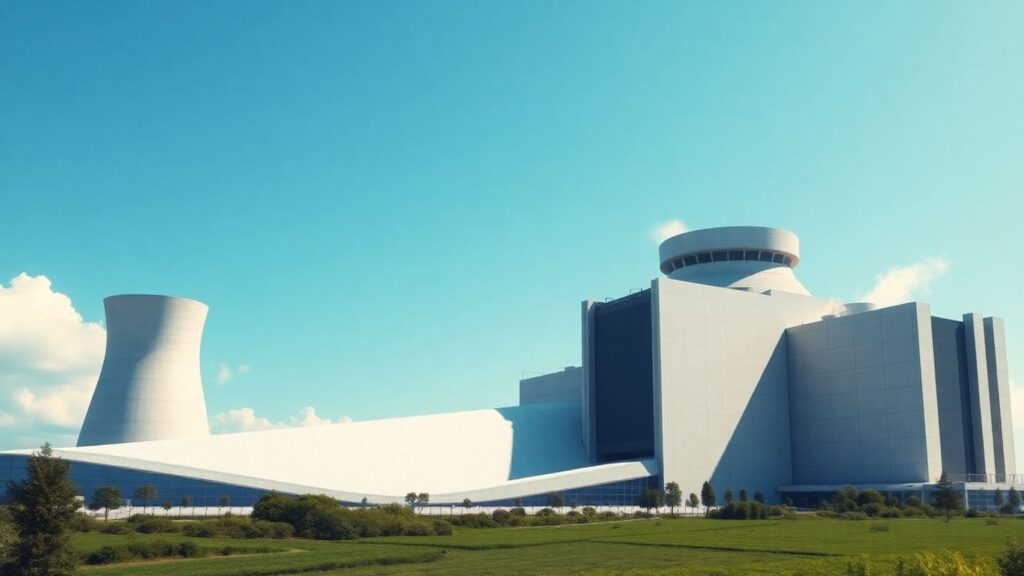Andrew Yang, a former presidential candidate known for his tech-centric policies, has proposed a bold plan to accelerate the United States’ transition to clean energy: the development and deployment of thorium molten-salt nuclear reactors by 2027. This ambitious initiative, backed by a proposed $50 billion government investment, aims to leverage a less common form of nuclear technology to provide a safer, cleaner, and potentially cheaper energy source.
Yang’s Vision For Clean Energy
Yang, who has courted the tech community with proposals like universal basic income and data ownership, sees thorium reactors as a crucial "stopgap" measure. His climate policy highlights these reactors as a way to bridge energy shortfalls as the nation moves towards fully renewable sources. The core of his proposal is a significant government investment to fast-track the development of this advanced nuclear technology.
Understanding Thorium Reactors
Thorium molten-salt reactors differ from traditional nuclear reactors in their fuel source and design. Instead of solid uranium rods, they utilize a liquid fuel mixture of thorium and a small amount of uranium dissolved in molten salt. This approach offers several potential advantages:
- Enhanced Safety: They are designed to resist meltdowns.
- Reduced Proliferation Risk: The fuel cycle is considered less prone to weapons proliferation.
- Minimal Waste: They produce significantly less short-lived, toxic waste compared to conventional reactors.
Despite these potential benefits, the technology is not without its challenges. Thorium reactors have been around for decades but have not seen commercial deployment. Key hurdles include finding suitable materials to contain the corrosive molten salts and developing efficient methods for extracting byproducts during the decay process.
Challenges and Alternatives
Experts express skepticism about Yang’s 2027 timeline, citing the significant technical and developmental work still required. "There is still a lot of work to be done in terms of demonstrating molten-salt reactor technology, even for uranium-based reactors," notes Lin-Wen Hu, director of research at MIT’s Nuclear Reactor Laboratory. She emphasizes that demonstrating uranium-based molten-salt reactors would likely need to precede thorium-based systems.
Furthermore, countries like China are making substantial investments in thorium reactor research, driven by their own resource availability. In the U.S., the established nuclear industry has a strong momentum behind uranium-based technologies, making a shift to thorium more challenging. Some experts suggest that advanced uranium-based reactors, including next-generation fast reactors, might be a more practical and faster route to decarbonization, potentially even utilizing existing nuclear waste as fuel.
The Path Forward
While Yang’s proposal is ambitious, it aligns with a broader national interest in advancing nuclear energy. The recent Nuclear Energy Leadership Act, for instance, calls for the demonstration of advanced nuclear reactors. Although thorium is not explicitly mentioned, it could be a candidate for exploration within these programs. The proposed $50 billion investment could indeed accelerate research across various advanced nuclear technologies, but the consensus among experts is that a singular focus on thorium reactors might not be the most efficient strategy for rapid carbon reduction. Nevertheless, Yang’s push highlights the urgent need to explore diverse clean energy solutions.












